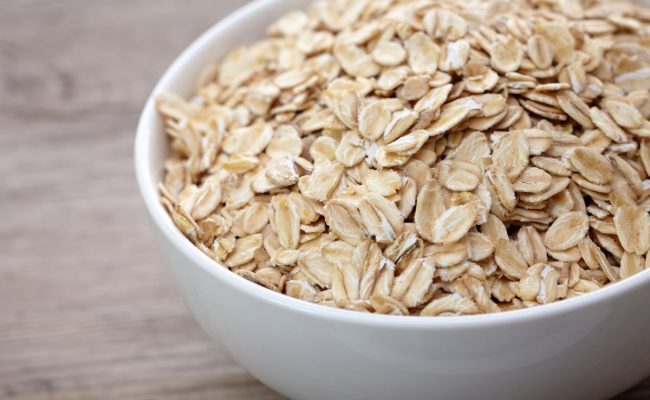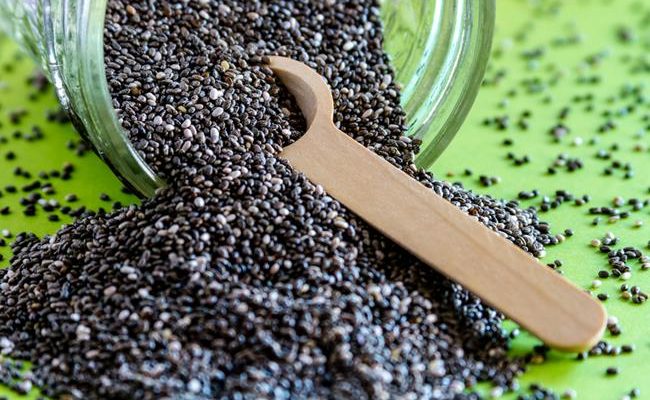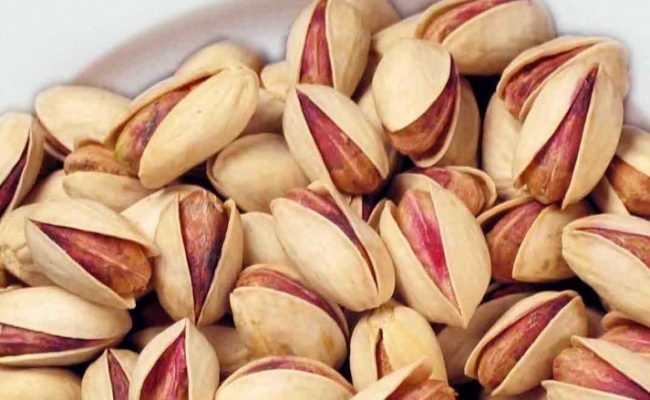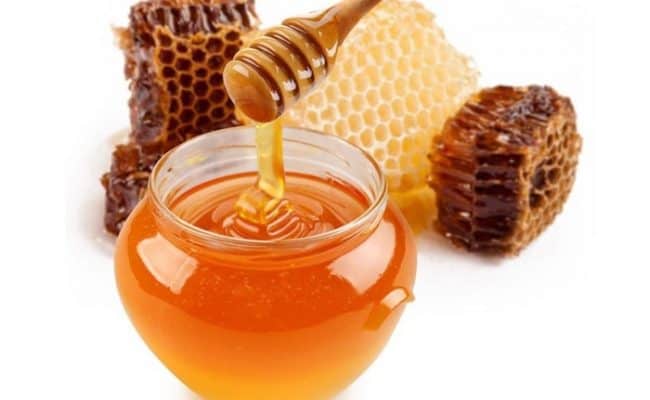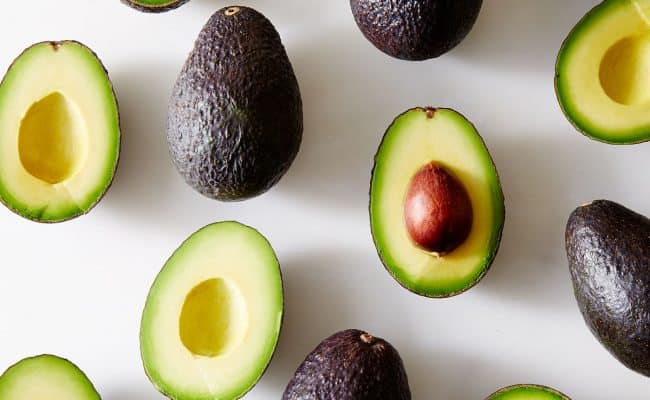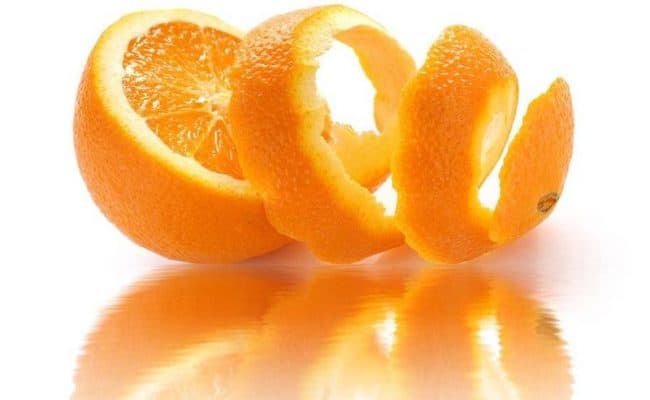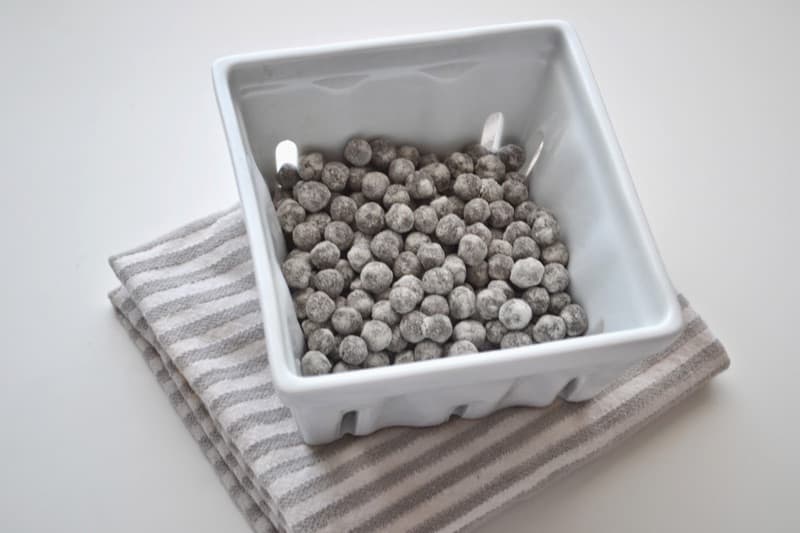
Tapioca is from cassava root which is used all over the world from India to South America, and originally it is from Brazil. While tapioca is not traditionally popular in most Western cultures, with the growth of gluten free diets and rise in popularity of boba tea, tapioca is becoming a more recognized household name.
Like other starches, tapioca is mainly carbohydrate and contains lower amount of protein and trace amounts of fat. Although tapioca is mainly carbohydrates, it does provide some resistant starch which may have some health benefits.
Tapioca does contain some vitamins and minerals like iron, calcium and B vitamins too.
Tapioca can be a part of a healthy diet, especially if one is looking for gluten free carbohydrates.
However, not all tapioca is made the same. Popular boba teas contain sweet beverage with tapioca balls. These tapioca balls have come under scrutiny in recent inquiries as also containing harmful substances that could increase risk of cancers.
Boba teas and other foods with tapioca could be high in sugar and as a result high in empty calories.
Nutrients in tapioca
A one ounce serving of dry tapioca pearls provides about 100 calories, almost all from carbohydrates. Compared to other starches, tapioca is not high in fiber. It does provide trace amounts of calcium, iron and B vitamins.
Like other plants, it is cholesterol free, virtually sodium free and saturated fat free. Therefore, some could argue it could be part of a heart healthy diet.
However, because it is lower in fiber, eating a lot of tapioca could negatively affect blood sugar and insulin levels especially if eaten by itself.
When tapioca is used on sugary products, like pudding or boba tea, the amount of carbohydrates and sugar from these foods can be high.
In fact, some websites suggest people who want to gain weight could consume a high amount of tapioca.
Eating tapioca as part of a balanced diet probably won’t cause concern for weight or blood sugar issues. It can also provide some minerals. As with anything, eating it as part of a varied diet is key.
It can also be a quick way to refuel muscles after a long glycogen depleting workout.
Resistant starch benefits
Even though tapioca is high in carbohydrates and lower in fiber, it still provides something beneficial called resistant starch.
Most complex carbohydrate foods like grains and potatoes contain resistant starches. There are different kinds of resistant starches, and research suggests they could offer some positive health benefits.
Resistant starch is basically carbohydrates in foods that don’t get broken down in the digestive tract. Therefore, whatever part of the food that is resistant starch basically doesn’t provide calories to the body.
Resistant starches can also have a role in gut health by affecting probiotic levels. Resistant starch levels are influenced by cooking methods, chewing and breaking down the food during processing (1).
It’s not fully known exactly how much resistant starch is in tapioca or other carbohydrate foods, but this information is being studied by researchers.
One way resistant starches may be beneficial is the way they produce short chain fatty acids (SCFA) in the colon. These SCFA’s that are made from resistant starches could have a protective role against the metabolic syndrome, bowel disorders and some types of cancer (2).
Tapioca is generally considered safe
Tapioca, unlike other grains, are generally considered a neutral food for allergens. Other grain products like wheat and corn are more likely to be concerns for allergens. So, in general eating tapioca in moderation is not a concern.
The only hesitancy may be for some people with gastrointestinal disorders. Resistant starches can offer many positive effects on the body, but people with some disorders such as GERD or irritable bowel syndrome (IBS) may be sensitive to eating too many foods with resistant starches (3).
For this reason, if you have a gastrointestinal disorder, speak with your healthcare team before adding tapioca to your diet.
Gluten free alternative but lower in fiber
One reason tapioca is becoming increasingly common especially in Western cultures is the rise of gluten free diets. Whether as a fad or because of a serious gluten allergy, many are looking for carbohydrate sources, like tapioca, that is naturally gluten free.
One thing to keep in mind is that tapioca can be lower in fiber than other grain products. Therefore, substituting tapioca with other grains could lower the amount of fiber you are getting.
Cancer risk?
The chewy balls at the bottom of boba tea drinks are traditionally made with tapioca. Research from Germany (4) put a halt on the boba tea love for many when it concluded some tapioca boba balls from Taiwan contained polychlorinated biphenyls (PCBs) which are known carcinogens.
Therefore, it was concluded by researchers that eating these products may increase risk of certain cancers.
As with any food, you should know where the food is coming from and what ingredients are used. However, when you eat out it is difficult to know where they source ingredients. Not all tapioca products have PCB’s, but if you enjoy boba tea some tapioca pearls may contain PCB levels.
Also, according to the FDA, the substances used in these tapioca pearl products are not really considered PCB’s because they are chlorinated and are regulated in the US food system.
The substances found in the tapioca products were considered legally permitted food substances.
Conclusion
Tapioca food products are enjoyed all over the world. Tapioca is a source of carbohydrates and also provides some amounts of minerals like calcium and iron.
It is virtually fat free and like all other plants cholesterol free.
Like other complex carbohydrate foods like potatoes, rice and grains, tapioca can be a source of resistant starch which can offer some health benefits.
Tapioca can be enjoyed as part of a balanced diet, but if too much is eaten or with other ingredients like sugar may be a source of empty calories.
